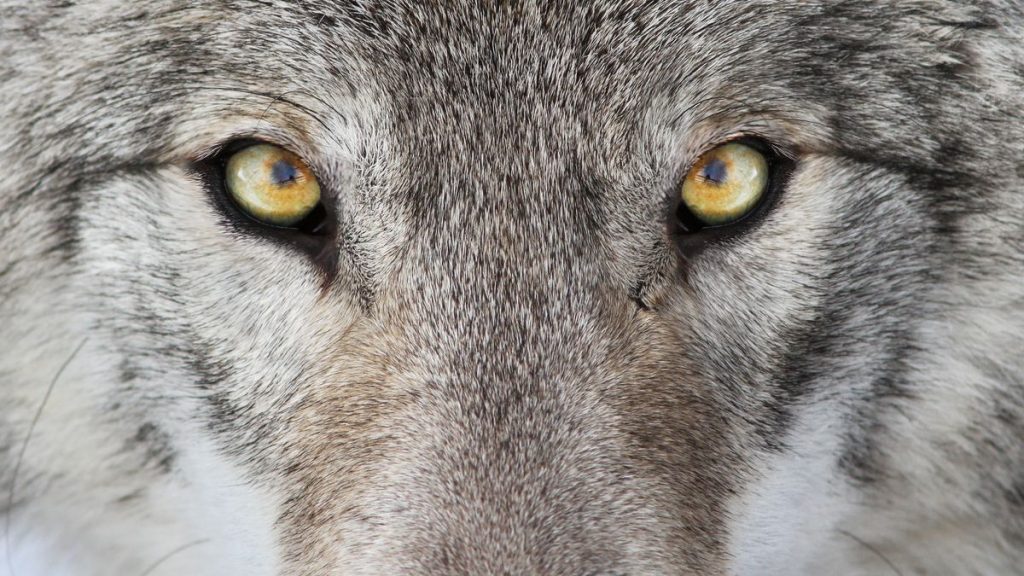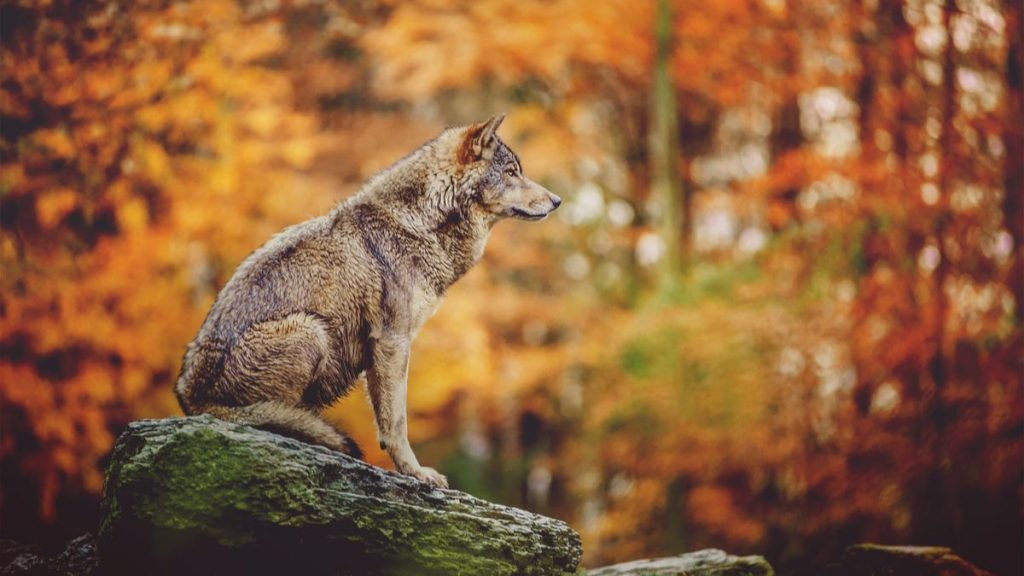
New research estimates that wolves were domesticated “accidentally” by our ancestors. During the Ice Age, hunter-gatherers would have had to share their surplus meat with canines, which would later become their pets.
An overabundance of lean meat
The timing and causes of the domestication of dogs remain somewhat unclear. Currently, genetic evidence available to scientists suggests that dogs separated from their wolf ancestors between 27,000 and 40,000 years ago, while the oldest known dog burial dates from 14,200 years ago, suggesting that the latter were already firmly established as pets in this distant time. However, it is not known whether the process first took place in Europe, in Asia or in several places on the globe simultaneously, nor the main reason for which it intervened.
Since dogs have the particularity of being the only animals domesticated by hunter-gatherers (all the others were in fact domesticated after the generalization of agriculture), the main hypotheses put forward want this process to have taken place in order to facilitate the hunting, or that the wolves have become accustomed to Man, by dint of evolving near their camps in search of food.
In the context of recent work presented in the journal Scientific Reports, researchers from the Finnish Food Authority suggested that the key may lie in an overabundance of meat.
Dogs were domesticated at a time characterized by the presence of ice over much of northernEurasia and a much colder climate. While humans and wolves, as top predators, would likely have competed for food much of the year, unlike our species, canines can survive for months consuming only lean meat (ne containing almost all protein).

“They must have been very attractive to hunter-gatherers”
Based on the prey species living in such latitudes, the researchers calculated the amount of food available during arctic winters and found a predominance of lean meat animals. This suggests that the human hunters would have had more food than they could consume, which could therefore have been shared with the wolves.
” There are limits to the amount of protein our body can handle, which is why we must also eat other food groups, like fat. “, highlighted Maria lahtinen, lead author of the study. ” We are not totally adapted to the exclusive consumption of meat. “
The authors of the study believe that hunter-gatherers could have taken in young orphaned wolves, and fed them with the surplus of lean meat they had available. While it is unlikely that our ancestors then had a long-term goal in mind, the tame wolves would later have proven to be useful hunting partners, which would have had the effect of strengthening the domestication process. ” They must have been very attractive to hunter-gatherers », Concludes Lahtinen.
